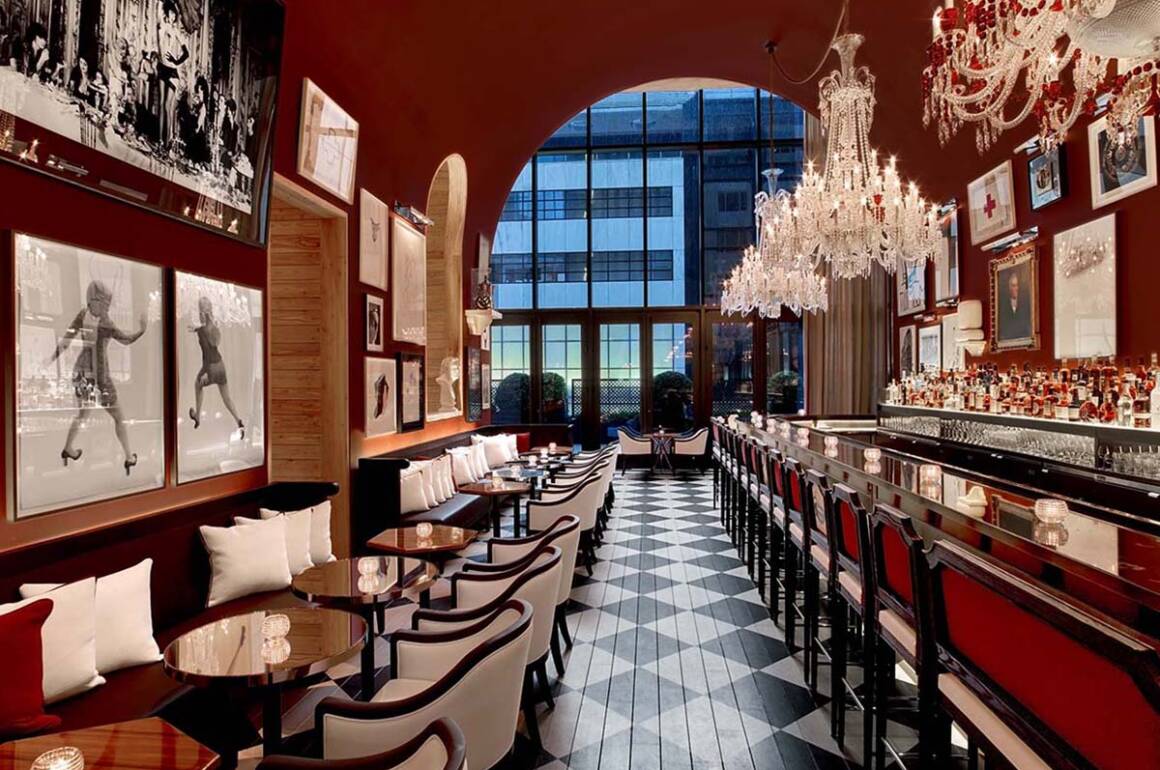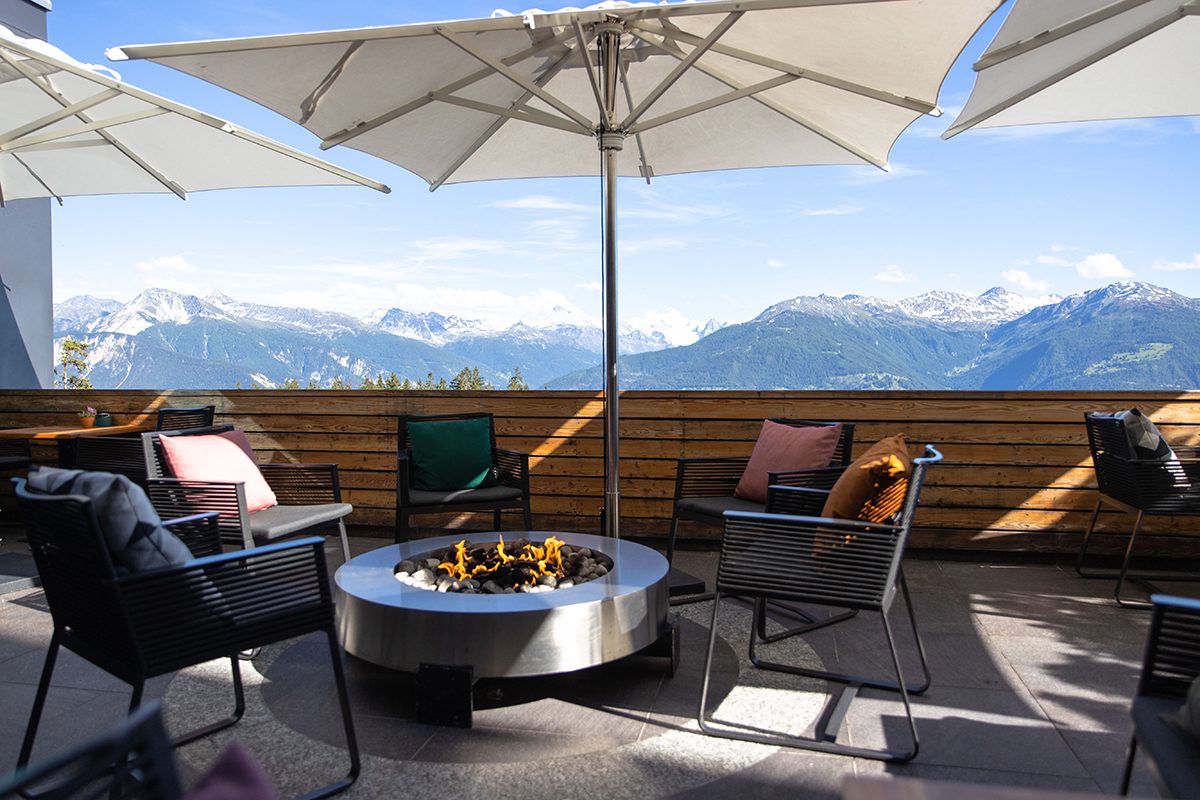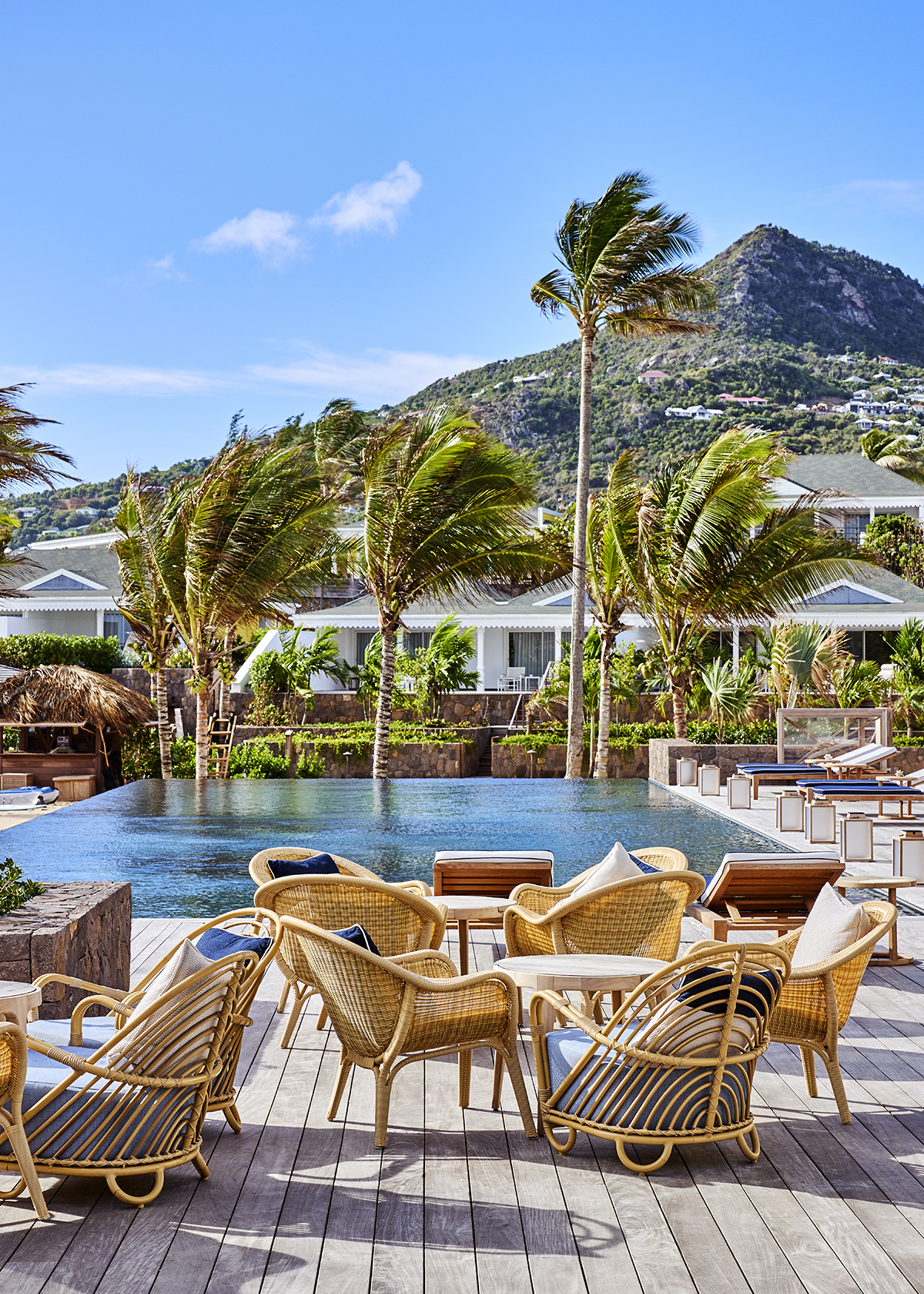
A view of the glamorous Baccarat suite at the Baccarat Hotel, New York
LUX’s Editor-in-Chief Darius Sanai checks in at the Baccarat Hotel New York for some Midtown glitz
Midtown Manhattan, directly opposite MoMA: until recently, something of a luxury hotel desert. But not now. Exit your car, breathe the interior perfume as you are ushered into the elevator and emerge on a mezzanine floor that is like a very chichi boutique townhouse of the type that might appear in the TV series Gossip Girl.
The mezzanine is a series of interwoven rooms that actually more resemble a series of townhouses melded together. A little reception area here a living-room area there, a bar here and an outside balcony/terrace over there.
Follow LUX on Instagram: luxthemagazine
A townhouse owned by a billionaire, then. The decor is very out there: Baccarat crystal chandeliers everywhere, quite beautiful craftsmanship on mirrors (also everywhere), deep-pile carpets, bold darks and bright lights contrasting on the walls and ceilings. The Baccarat feels like a French château reimagined for 21st-century luxe Manhattan.

Baccarat crystal chandeliers contrast with checkerboard floors in The Bar
And that’s before we got to our room. Light carpets, a modern four-poster bed, huge windows looking out beyond the roof of MoMA and quite the most striking in-room bar. This comprised a fold-out, red-lacquered piece of marquetry containing a set of striking and heavy Lalique cut-crystal glasses, silver tongs and accessorise, and an array of spirits and bottles. Not feeling like any Blue Label during our stay, we used the glasses for water.
Le Jardin terrace was abuzz with young, wealthy New Yorkers sipping some quite original cocktails, all served in Baccarat crystal, of course. We enjoyed a Magic Eye, comprising tequila, mezcal, cinnamon syrup, green apple and cereal milk, refreshing and quietly deadly. You can eat on the terrace, or in the adjoining Grand Salon, where we had dinner the following night. Jamón ibérico, langoustines de St Tropez, crab daikon roulade – a panopoly of modern European with a brush of East Asian.
Read more: Hotel Crans Ambassador, Crans-Montana, Switzerland Review
The Baccarat’s location is also refreshing in many ways, midtown being literally in the middle of it all, so, even if your meetings are on the Upper East Side, Hudson Yards and SoHo, as ours were, it’s not too far from anywhere, and indeed makes New York walkable. Not that many guests at the Baccarat would do that, I suspect. They would rather get their exercise in the very stylish indoor pool, and add additional glow at the Spa de la Mer, before jumping into the complementary city car service, or jumping into their awaiting Escalade. Chic.
Find out more: baccarathotels.com






















Recent Comments